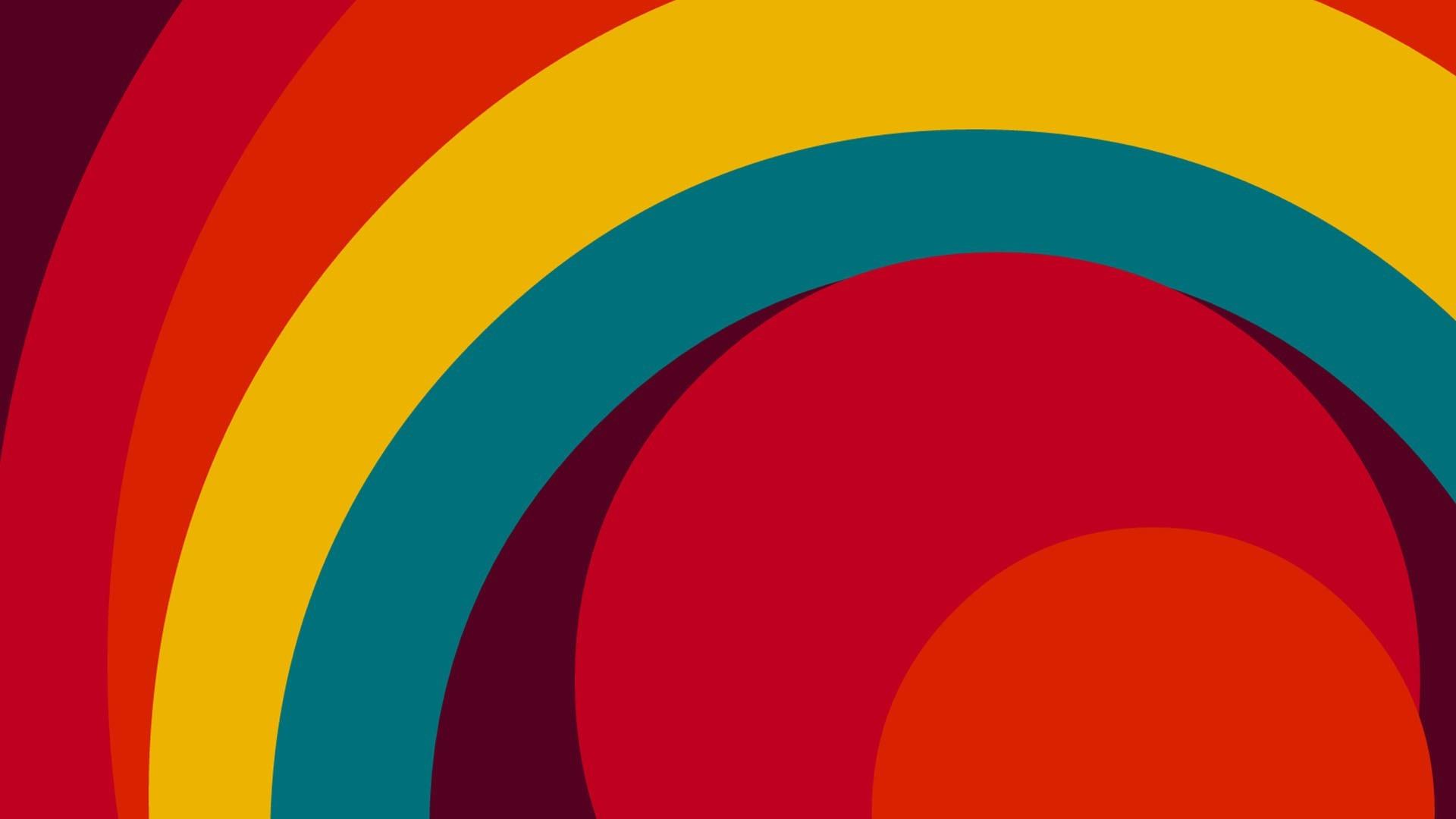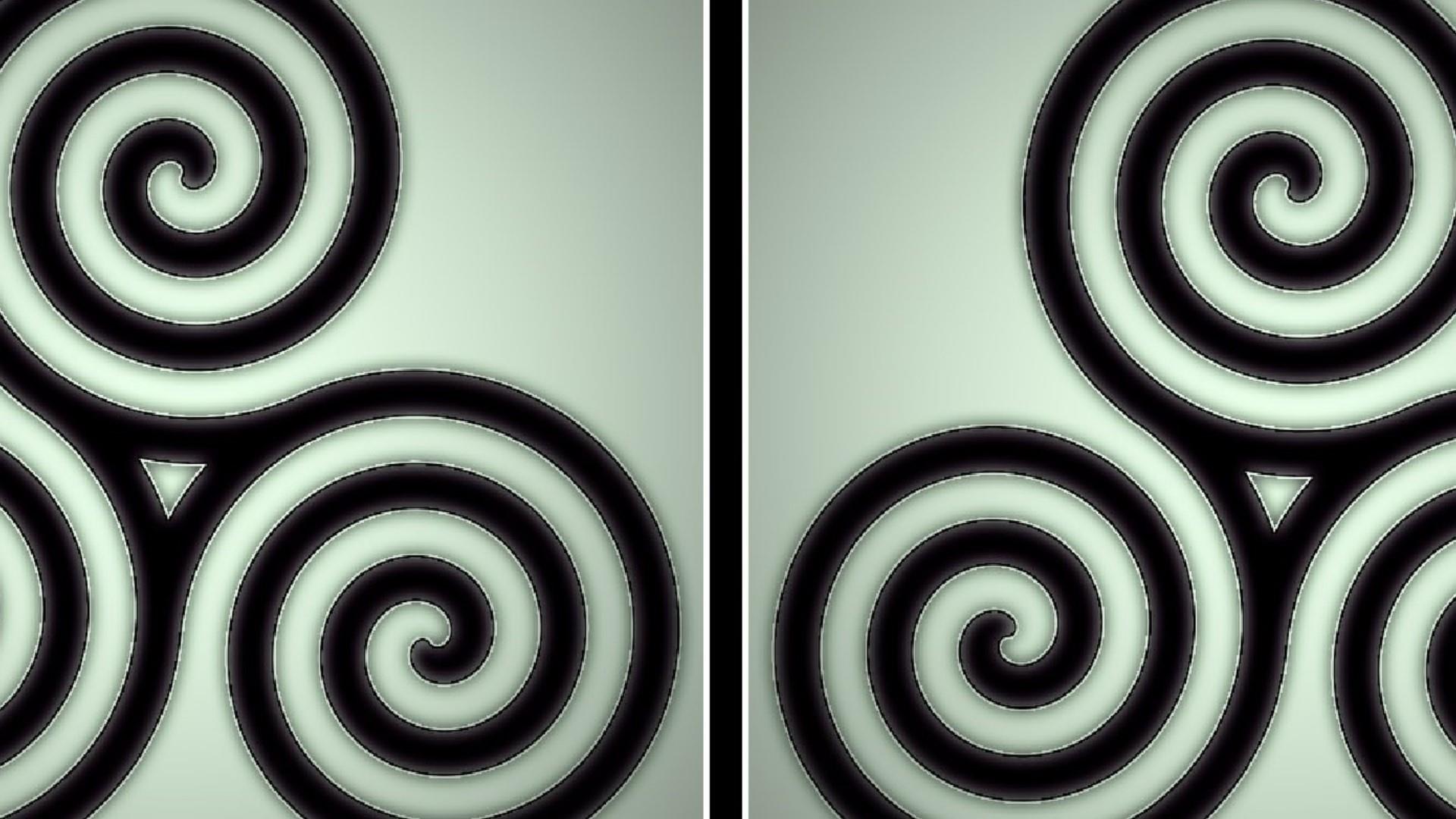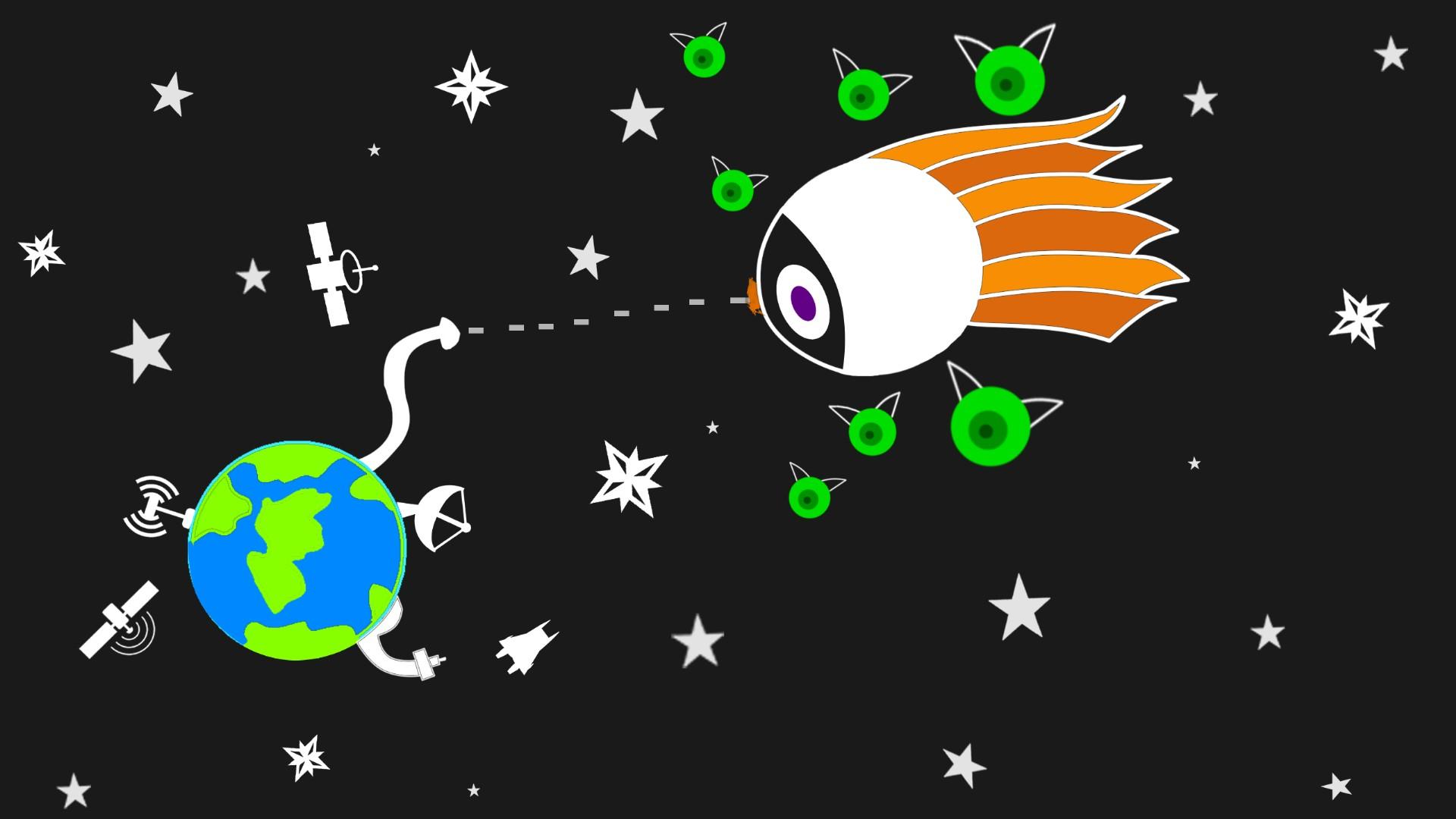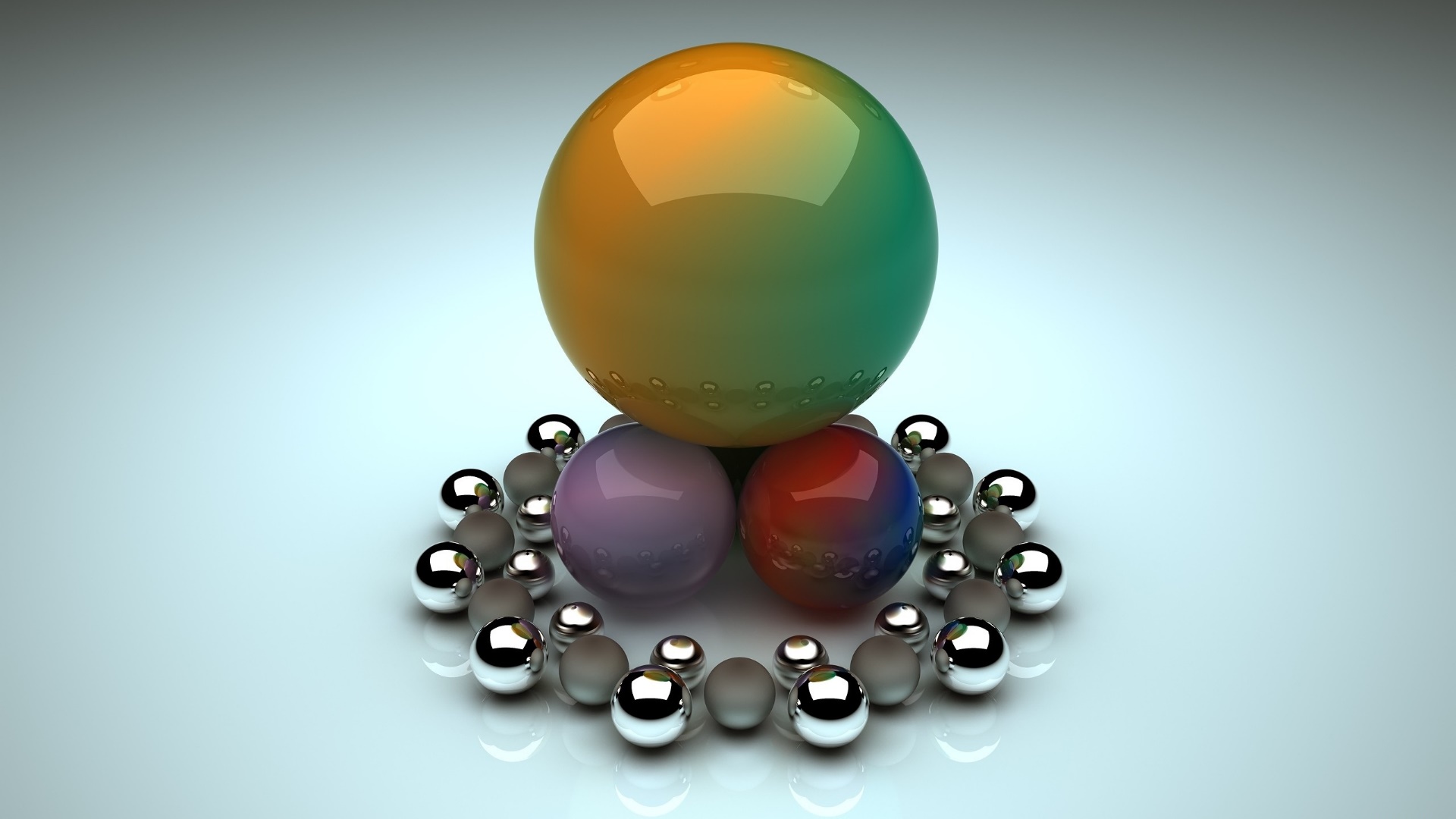
Untangling the Family Tree: Your Guide to First, Second, and Third Cousins
Your third cousin is a relative with whom you share a set of great-great-grandparents. To put it another way, your great-great-grandparents are also their great-great-grandparents. You are descendants of two different children of those same ancestors.
It's a Thursday morning here in Indonesia, a place where family ties run deep and the words for "aunt," "uncle," and "cousin" can get wonderfully complex, signifying different levels of closeness and respect. Family is a universal language, but sometimes, the specific vocabulary can feel like a puzzle.
Maybe you're finally starting that family tree project you've been thinking about, or perhaps you just got an email from a DNA testing service connecting you to a mysterious "third cousin." You might be scratching your head and typing into your phone, "what is a third cousint?" (Don't worry, we all make typos!).
What does that even mean? Are you basically strangers, or is there a real, traceable family connection there? Let's untangle the branches of the family tree and demystify the entire cousin system.
The Golden Rule of Cousins: Find Your Common Ancestor
The key to understanding all cousin relationships—from first to fifteenth—is to identify the most recent set of direct ancestors you have in common. The "number" of your cousinship (first, second, or third) tells you exactly how far up your family tree you have to go to find that shared link.
Here's the simple trick: The number of your cousinship is one more than the number of "greats" in your common ancestor's title.
-
First Cousins: Your shared ancestors are your Grandparents. There are zero "greats" in that title. So, 0 + 1 = First Cousins.
-
Second Cousins: Your shared ancestors are your Great-Grandparents. There is one "great" in that title. So, 1 + 1 = Second Cousins.
-
Third Cousins: Your shared ancestors are your Great-Great-Grandparents. There are two "greats" in that title. So, 2 + 1 = Third Cousins.
This pattern continues indefinitely. Your fourth cousins share great-great-great-grandparents (3 "greats" + 1 = 4th), and so on.
Visualizing the Connection: The Path to Your Third Cousin
Sometimes, seeing it mapped out makes it much clearer. Let's trace the path from your shared ancestors down to you and your third cousin.
-
Start at the top: At the very top of this branch of your family tree are your Great-Great-Grandparents. Let's call them George and Martha.
-
Go down one generation: George and Martha had several children. One of them is your Great-Grandparent (let's say, John). Another is your third cousin's Great-Grandparent (let's say, Abigail). John and Abigail are siblings.
-
Down another generation: Your Great-Grandparent John had your Grandparent (Susan). His sister Abigail had your third cousin's Grandparent (David). This makes Susan and David first cousins.
-
Down to your parents' generation: Your Grandparent Susan had your Parent. Her first cousin David had your third cousin's Parent. This means your parent and your third cousin's parent are second cousins to each other.
-
And finally, to you: Your Parent had You. Their second cousin had your Third Cousin. And there you have it! You are genealogically linked by a direct line that started over a century ago.
What About "Removed"? Untangling the Generations
This is where things can get a little confusing, but the concept is actually very simple. The term "removed" just means that there is a generation gap between you and your cousin.
-
If you are in the same generation, you are simply "cousins" (first, second, etc.).
-
If you are separated by one generation, you are "once removed."
-
If you are separated by two generations, you are "twice removed."
Let's use an example. Your first cousin's child is not your second cousin. You are separated by one generation. Therefore, they are your first cousin, once removed. Likewise, your parent's first cousin is also your first cousin, once removed (they are one generation above you).
This works the same way for third cousins:
-
Your third cousin's child is your third cousin, once removed.
-
Your third cousin's grandchild is your third cousin, twice removed.
-
Your parent's third cousin would be your third cousin, once removed.
Third Cousins in the Age of DNA 🧬
Just a few decades ago, most people would have had no idea who their third cousins were unless their families were exceptionally close or lived in the same small town for generations. But with the explosion of at-home DNA testing services like AncestryDNA and 23andMe, discovering third cousins has become a common and exciting part of modern genealogy.
Third cousins are in a genealogical sweet spot. You are distant enough that you likely have no direct knowledge of each other, but you are genetically close enough that DNA testing can identify your connection with a high degree of confidence.
You and your third cousins share, on average, about 0.78% of your DNA. In the language of genetic genealogy, this usually falls somewhere between 20 and 90 centimorgans (cM). This is often the most distant relationship that testing companies can reliably detect. For family tree researchers, a third cousin match is gold. It's close enough that you can usually figure out your shared great-great-grandparents by comparing your family trees, allowing you to break through "brick walls" and discover entire new branches of your family.
So, Are We Really Related?
Yes, absolutely! You have a direct, scientifically verifiable bloodline connection. However, the family bond is often more cultural than immediate. In many close-knit cultures, like here in Indonesia, second cousins often grow up together and are considered close family. Third cousins might fall into the broader category of "saudara jauh" or "distant relatives."
Discovering a third cousin today is a chance to reconnect a branch of your family that may have split off a hundred years ago. It’s a living link to your shared history. So the next time you see "third cousin" pop up, don't just see it as a label. See it as an invitation to uncover a story about your great-great-grandparents and the sprawling, fascinating tree you are a part of.









